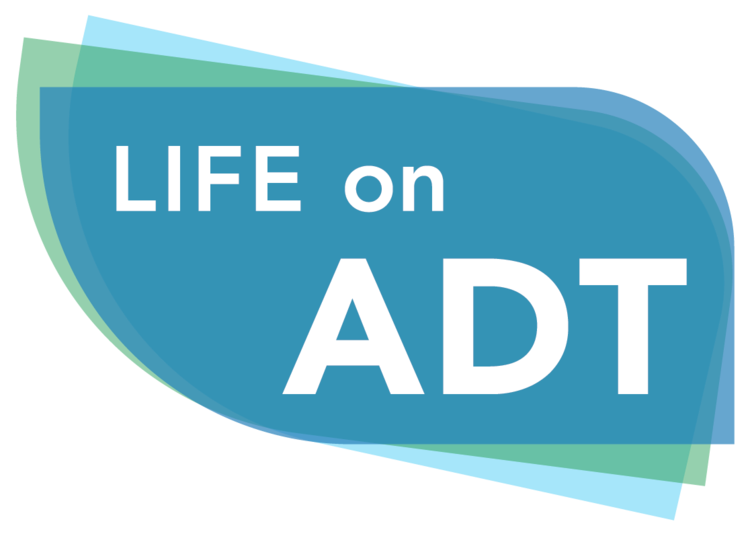There’s a new paper out of Finland that may seem unrelated to ADT, but tells an interesting story relevant to men challenged by ADT side effects. The paper is specifically about a questionnaire called the Expanded Prostate Cancer Index (EPIC) used to collect data on the impact of cancer treatments on prostate cancer patients’ quality of life (QoL). A separate study from our own research team (Mainwaring et al. 2023) showed that the EPIC is the second most common survey instrument used to collect QoL data from prostate cancer patients. Indeed, the EPIC has been cited in over 4000 papers over the last 23 years!
The researchers surveyed 625 prostate cancer patients where 12% of the men were on ADT.
What is unusual about this study is the authors not only looked at the questions that the patients answered, but also examined the ones that the patients elected to leave unanswered. The researchers noticed that patients on ADT were more likely than chance to skip answering questions in two areas; those that related to sexual function as well as questions categorized as hormone related. Questions in those two areas ask specifically about things like hot flash bother, frequency of erections, and ability to reach orgasm.
Questions in these areas are particularly problematic for patients on ADT. Many men on ADT are greatly bothered by loss of sexual function and hormonal effects, such as hot flashes. However, others are not, and it can depend on factors such as their age and how adapted they are to the changes in their lives brought on by ADT.
What the authors found is that men, who are not in a sexual relationship, were more likely to leave questions on sexual function unanswered compared to other questions. Note that the question asks “Overall, how big a problem has your sexual function or lack of sexual function been for you during the last four weeks?” Trying to answer that question can be difficult for any man whose sex drive is depressed by ADT, but is also unpartnered. As the authors noted, it is not clear how men on ADT should answer that question or how researchers should interpret their answers. It’s not surprising that so many men on ADT elected to simply pass on the question.
Another issue with the EPIC is that it only explores the concerns of the patients, yet we already know that prostate cancer treatments affect not only patients, but indirectly their intimate partners. Regrettably, very few studies have looked at any correlation between the answers that the patients gave on QoL questionnaires, like the EPIC, and what answers their partners might give.
There’s been a great push lately for survey instruments that can collect data from patients on questionnaires that can be filled out on a tablet by patients in the waiting room. Such questionnaires are collectively called “patient reported outcome measures”, or PROMs. The EPIC is a PROM which seems to get used a lot simply because it is easy to fill in and has been used by so many past studies. But it may not help us understand what is really bothering patients the most, what is affecting their partners, or what to do about that.
It is often hard for us patients to describe how ADT is affecting our lives. It’s to the credit of the Finnish authors that they recognized weaknesses in the EPIC questionnaire based the questions there that many of the men on ADT decline to answer.
Reference:
Talvitie, A. M., Helminen, M., Ojala, H., Tammela, T., Auvinen, A., & Pietilä, I. (2023). Missingness in the expanded prostate cancer index short form (EPIC-26) — prevalence, patterns, and explanatory factors. Health and quality of life outcomes, 21(1), 89. https://doi.org/10.1186/s12955-023-02175-1
Mainwaring, J. M., Lee, T. K., Wassersug, R. J., & Wibowo, E. (2023). Scales for assessing male sexual function are not entirely applicable to gay and bisexual men with prostate cancer. Urologic Clinics [in press]
